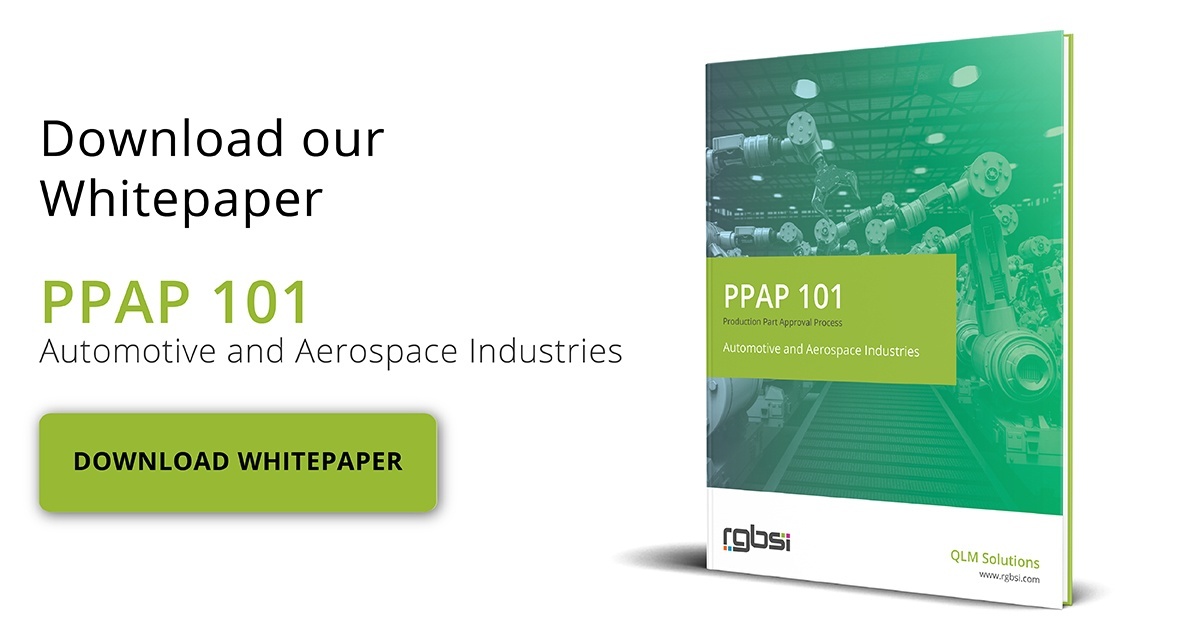Quality Tools In Product Design
The 5 core tools of quality are constituents of a quality system throughout the product lifecycle to achieve successful manufacturing. They are recognized as standard automotive quality tools by AIAG . Integrated supply chains use the 5 core tools to streamline communication throughout the design and manufacturing processes across suppliers and customers. The 5 core tools of quality are: Advanced product quality planning (APQP) establishes new products and processes that are successful in meeting customer requirements. APQP helps identify critical to quality sub-systems from the client's perspective. PPAP is an output of APQP processes and techniques. Learn more about APQP Failure mode and effects analysis (FMEA) assesses the potential risks of system failure and proposes a plan of detection, prevention and risk mitigation for identifiable failure effects. The method provides valuable insight for better and more reliable quality control. Different types of FMEA exist to evaluate risk in different stages or inputs of the manufacturing process. DFMEA is used to detect potential design failures of parts before they can make a significant impact on the end users of a product and the business distributing the product. A design flaw in just one part of a whole can have a domino effect leading to an extensive product recall. Learn more about DFMEA PFMEA is used by manufacturers to detect potential failures that are rooted in the physical process of producing a part. Each step of the process is carefully analyzed to identify every possible thing that could go wrong. Learn more about PFMEA Measurement statistical analysis (MSA) is the practice of using statistical tools such as a gage R&R to determine if a measurement system is capable of precise measurement. The purpose of MSA is to assure that a selected measurement system delivers reliable results with repeatability and reproducibility. Learn more about MSA Statistical process control (SPC) is the method of collecting measurements on manufacturing processes or products as actionable quality-driven data. This data is used to monitor levels of manufacturing quality and control processes. SPC is a type of feedback system that enables organizations to implement a strategy of prevention to control manufacturing process quality outputs. Learn more about SPC The Production Part Approval Process (PPAP) is a standardized process in the automotive and aerospace industries that helps manufacturers and suppliers communicate and approve production designs and processes before, during, and after manufacture. There are 5 PPAP submission levels which determine the PPAP requirements. Learn more about PPAP At RGBSI, we deliver business solutions that close the gap between strategy and execution for global organizations of all sizes. Our portfolio of solutions spans across the verticals of workforce management, engineering, quality lifecycle management (QLM), and information technology (IT). Through strategic partnerships, we help clients enhance performance, adopt innovation, and access global resources. Need help with APQP, PPAP , or other quality areas? At RGBSI, we provide full service quality lifecycle management (QLM) solutions that optimize manufacturing supply chain initiatives. Organizations within automotive, aerospace, and other engineering segments leverage our expertise to validate, manage, and assess their current processes. Need help with your quality lifecycle management activities? Inquire 
Advanced Product Quality Planning (APQP)
The 5 Phases of APQP
Failure Mode and Effects Analysis (FMEA)
Design Failure Mode and Effects Analysis (DFMEA)
Process Failure Mode Effects Analysis (PFMEA)
Measurement Systems Analysis (MSA)
Statistical Process Control (SPC)
The 4 Elements of an SPC System
Product Part Approval Process (PPAP)

About RGBSI
About RGBSI QLM Solutions

Quality Tools In Product Design
Source: https://blog.rgbsi.com/5-core-tools-of-quality
Posted by: huttonandless00.blogspot.com

0 Response to "Quality Tools In Product Design"
Post a Comment